Affiliate links on Android Authority may earn us a commission. Learn more.
Elephone P3000 review
Published onDecember 16, 2014
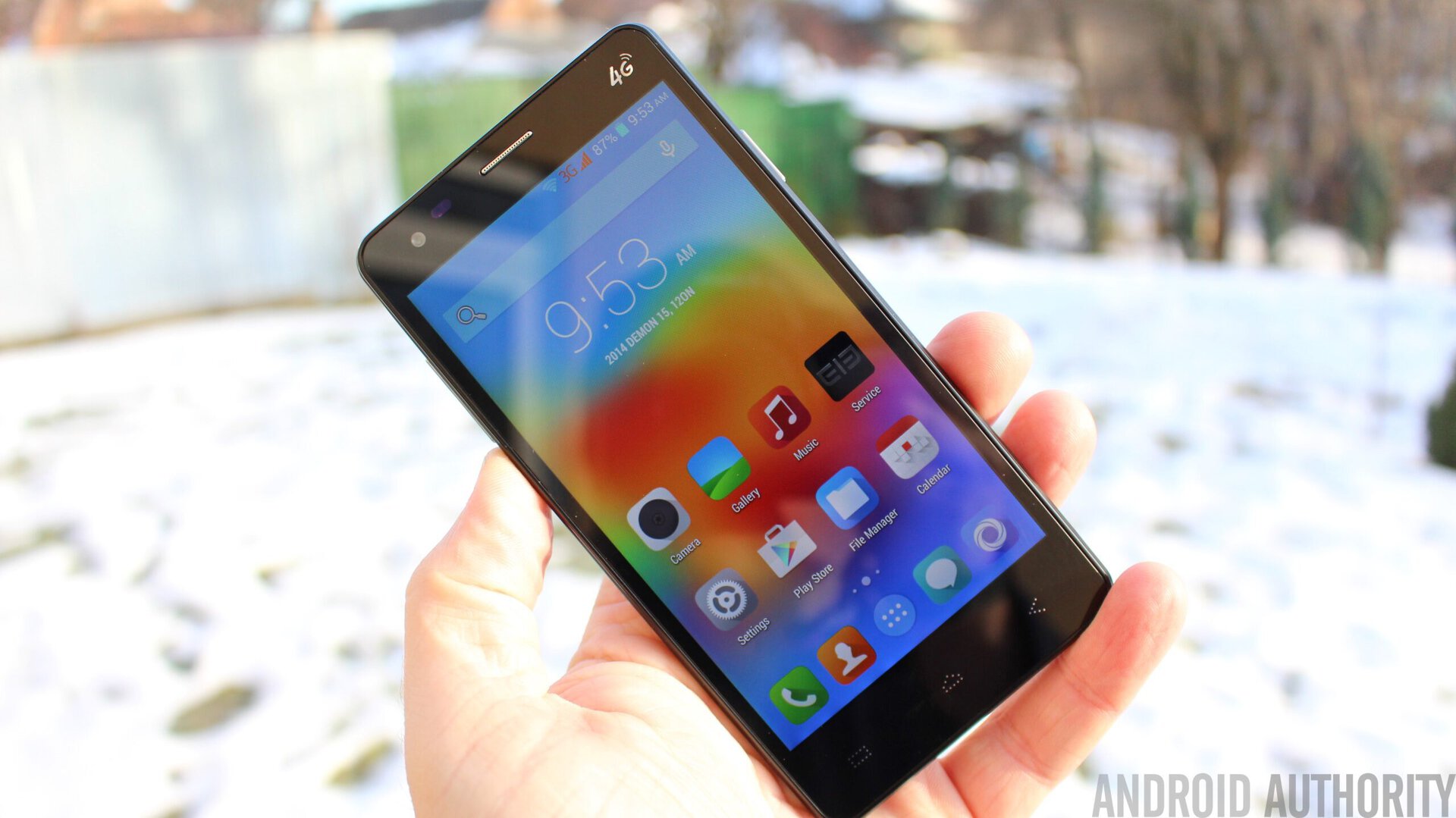
[bcPortal width=”800″ height=”450″ videoid=”3944744414001″ publisherid=”3674338003001″ playerid=”3674338273001″ autostart=”false”]
For the price this is a very interesting phone. It has a good 720p display, good battery life and more than adequate performance. Unfortunately, the built-in fingerprint reader is hard to use.Fingerprints scanners are becoming a popular addition to smartphones, but generally they are only found on flagship models, well not any more! The Elephone P3000 is a quad-core, 5 inch device with a built-in fingerprint reader. If you haven’t heard of Elephone, it is a rapidly growing Asian OEM based in Hong Kong.
Specs
In short, the Elephone P3000 is powered by a quad-core Cortex-A7 based processor, has a 5 inch, 720p display, and runs Android 4.4 KitKat. Here are the full specs:
| Display | 5” 720p HD IPS 720 x 1280 pixels |
|---|---|
Processor | 1.3 GHz, quad-core MediaTek MT6582, Cortex-A7 |
RAM | 1GB |
Storage | 8GB, microSD card slot, up to 64GB |
Camera | 13 Megapixel Rear Camera, 5MP Front Camera |
Battery | 3150 mAh |
Connectivity | GPS, microUSB 2.0, Wi-Fi 802.11 b/g/n, Bluetooth |
Networks | GSM, 3G, 4G LTE |
Software | Android 4.4 with Google Play |
Dimensions | 145 x 87.8 x 8.99 mm, 146g |
SIM slots | Dual-SIM: 1x SIM, 1xMicro SIM |
Design
The first thing that struck me about this device was its weight. It only weighs 149 grams, which is quite light. When I first picked it up, I actually had to check if it had a battery in it or not. In terms of design language, the theme here is a bold black and silver. The body is black plastic all the way around, peppered with silver for the buttons and the logos. The only other color is the red edge around the section for the camera, flash, and fingerprint reader.
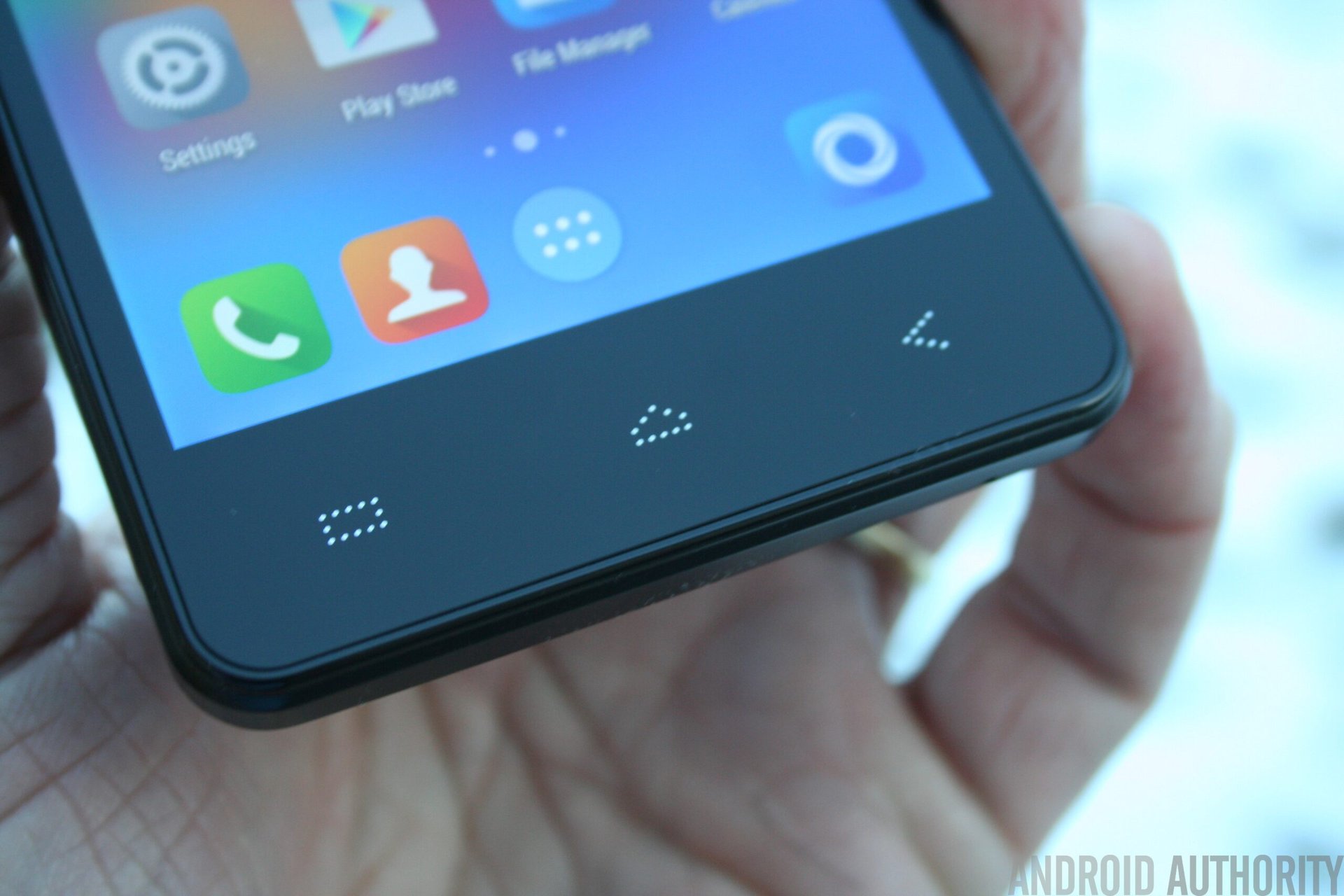
On the front is the 5 inch, 720p display with a set of silver capacitive keys towards the bottom, and a silver earpiece towards the top. There is also the front facing camera and a 4G logo. I have mixed feelings about the prominence of the 4G logo, I guess it is there for those who want to brag about having a phone with 4G LTE connectivity. Honestly, I think the logo should have been placed on the back of the phone, or discarded altogether.
Down the right-hand side is the power button, while on the left is the volume rocker. Both are easily accessible when held in your left hand. On the top you will find the micro-USB port and the 3.5mm headphone jack.
Flipping the phone over, you will see the prominent Elephone logo and a slightly protruding circle for the camera, flash and fingerprint reader. The back cover is made of a matte plastic, almost rubber type material, that does a very good job of repelling fingerprints.
Although the phone is light, it is quite thick. According to my measurement the phone is over 10mm thick. Elephone claim it is just 8.9mm. Either way, it isn’t overly thick, however it does give the phone a slightly dated look.
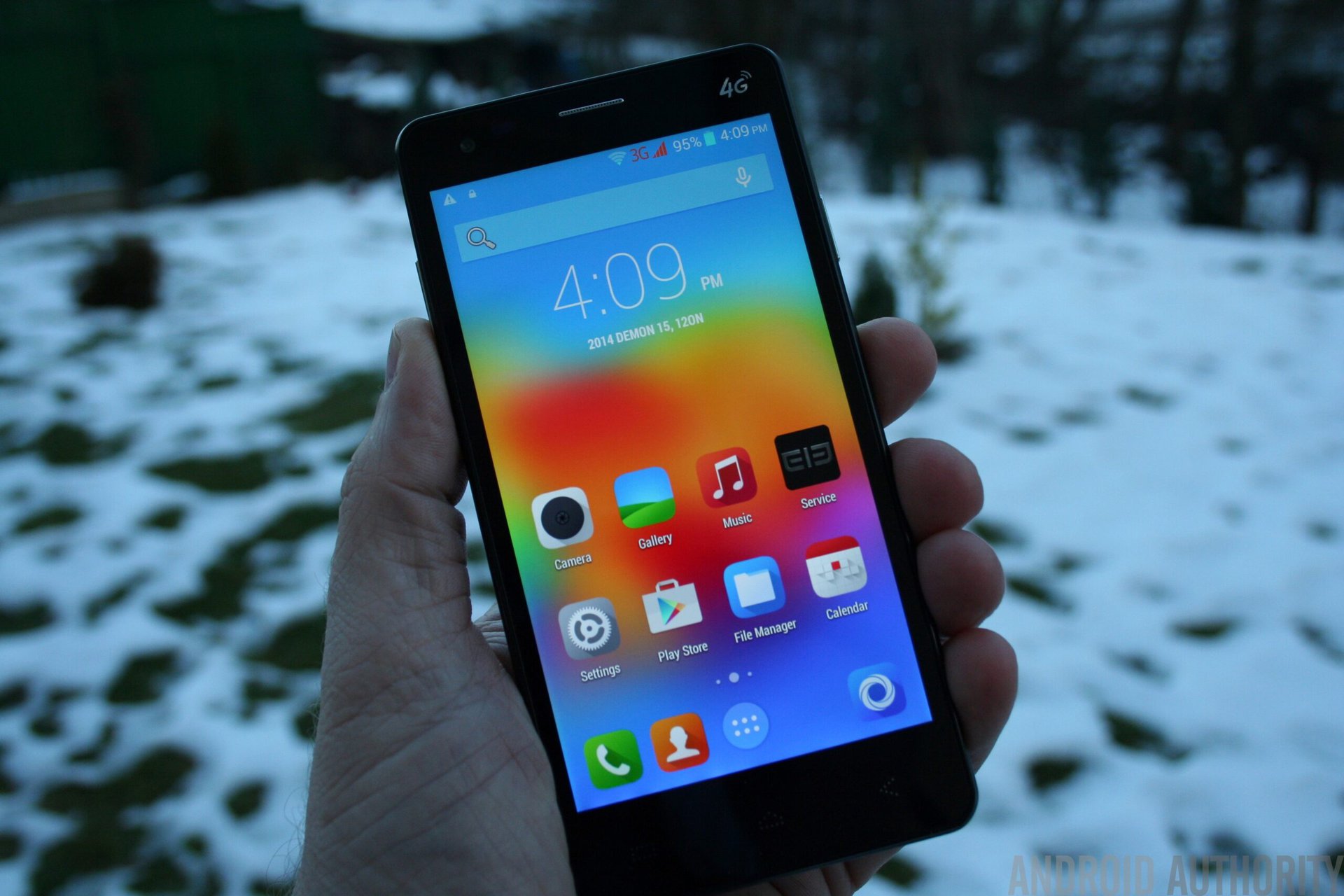
Performance
At the heart of the P3000 is the MediaTek MTK6582. It has a quad-core Cortex-A7 processor which is coupled with a Mali-400 MP4. These are common specs for low- and mid-range devices coming out of China. The A7 is one of ARM’s most power efficient core designs, however it won’t break any performance records. The same can be said for the Mali-400 GPU.
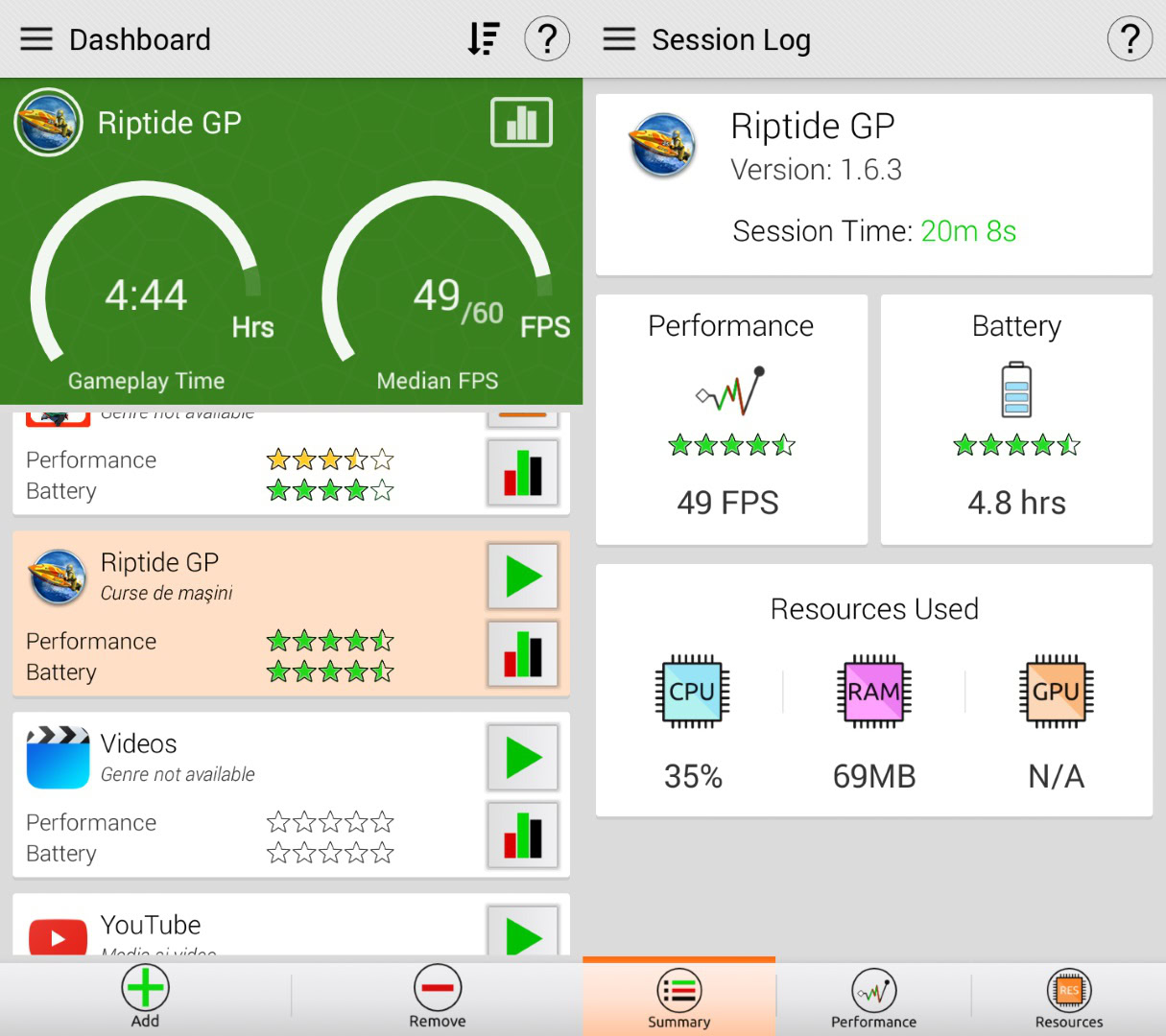
My experience of using P3000 is that the processor package is more than capable of running the UI without any lag or delays, also everything but the most intense 3D gaming works without any problems. The same can be said for watching locally stored video or video streamed from YouTube.
In terms of benchmarks, the P3000 scored 17,782 on AnTuTu and managed to chalk up 48.4 frames per second on Epic Citadel. According to GameBench, the P3000 can run Riptide GP at 49 fps.
Hardware
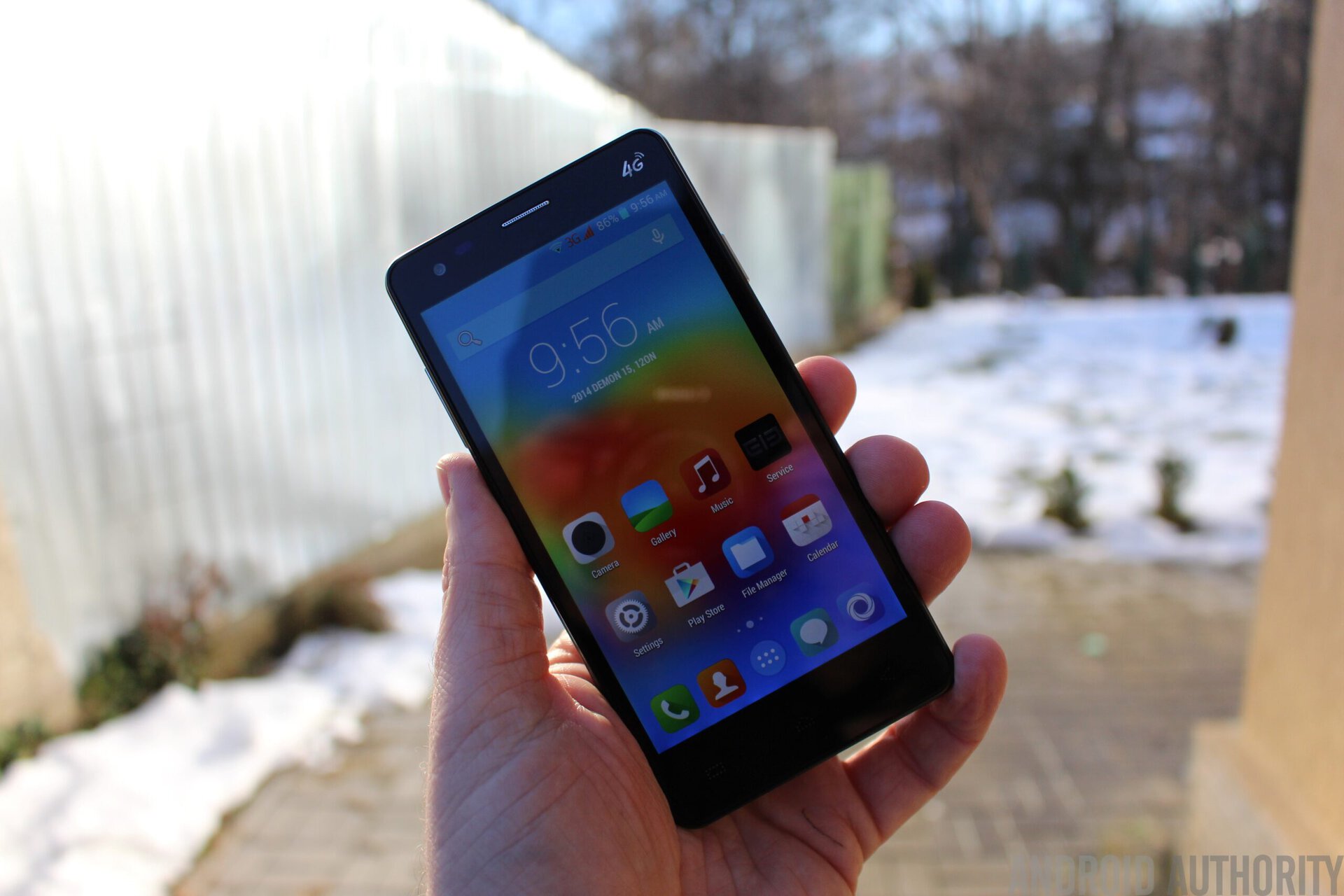
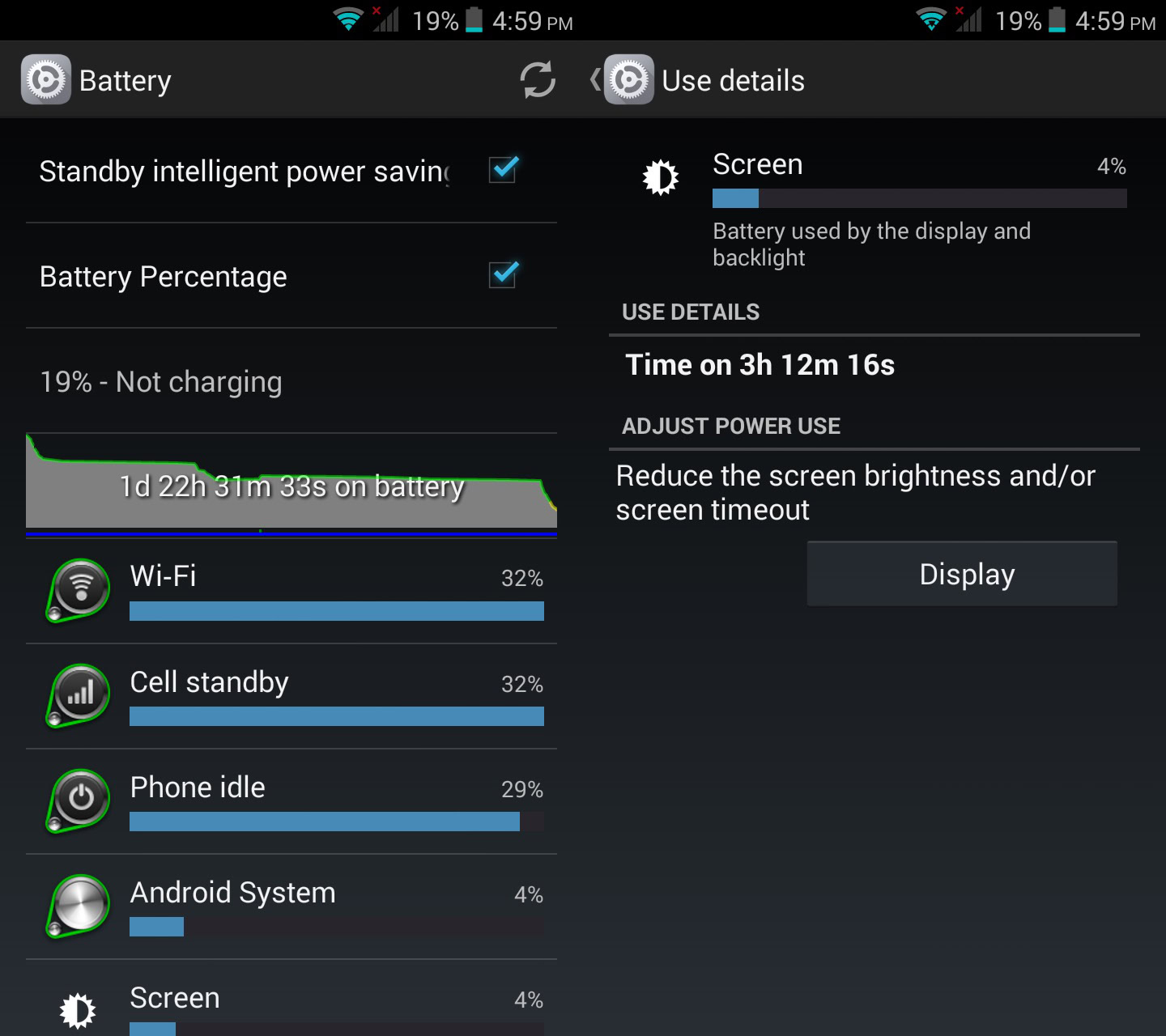
The P3000 is a dual SIM phone that offers quad-band GSM, which means 2G will work just about anywhere in the world; quad-band 3G, on 850/900/1900 and 2100 MHz; and quad-band 4G LTE on 800/1800/2100 and 2600MHz. The 3G and 4G will work in lots of countries around the world especially in Europe and Asia. The GPS performance of the P3000 is very middle-of-the-road. It can’t get a signal indoors, but outside it seems to work well enough.
The device comes with 8GB of on-board storage and has a micro-SD card slot which can accept cards up to 64GB. The internal storage on the P3000 is divided in two. The first part is called INTERNAL STORAGE and is 2GB in size. The second part is called PHONE STORAGE and is 4GB. Apps are installed into the 2GB portion and the rest is used for media. If you install a big game like Modern Combat, then the app itself is installed on the 2GB partition but all the data, which is well over 1GB, is installed onto the bigger partition. What this means is that the 2GB will become a limiting factor if you install lots of apps, but it shouldn’t stop you from installing big apps.
Fingerprint Reader
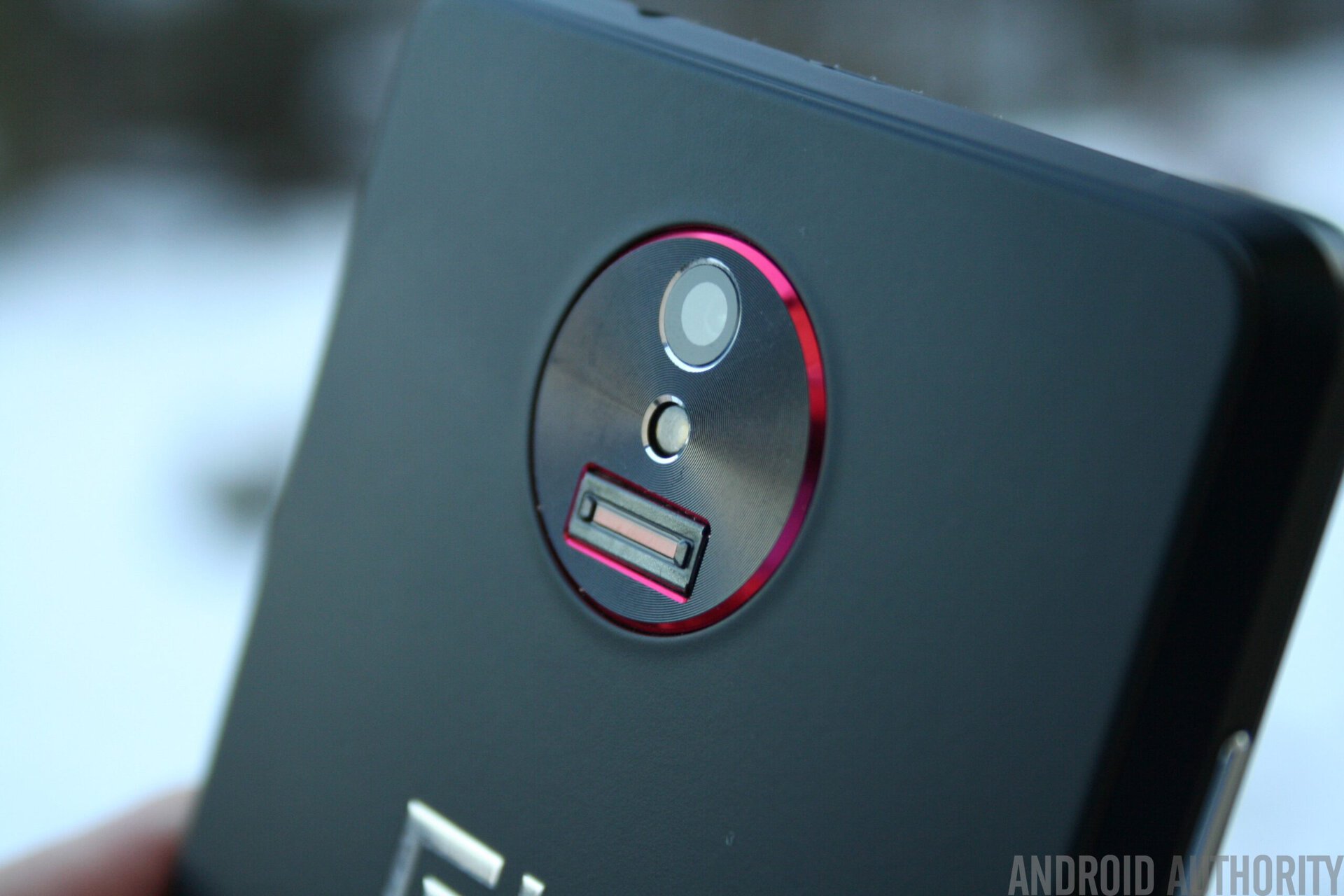
To use the fingerprint reader you need to register your fingerprint by swiping your finger several times over the sensor. You are also required to set up an alternative password as a way to bypass the fingerprint access. Once the fingerprint has been recorded it can be used to lock the phone. There is also a FingerAppLock app, and a way to use the fingerprint reader as a kind of scroll-wheel to scroll up and down on web pages. The FingerAppLock lets you protect certain apps and only grants access when unlocked via the fingerprint reader.
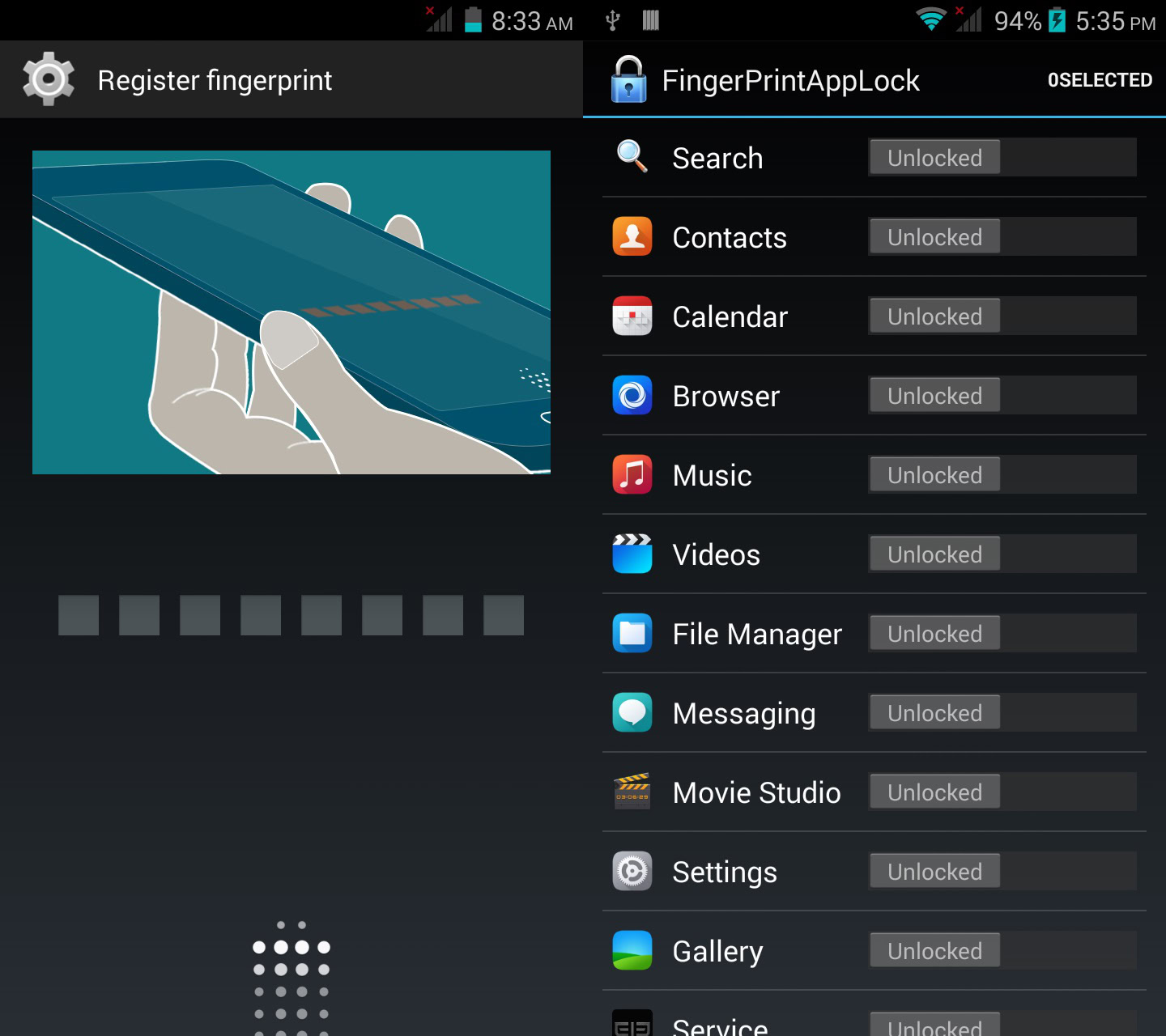
Unfortunately the fingerprint reader is actually quite hard to use. Registering the fingerprint took loads of swipes of my finger and the process often reset with an error about too many failed attempts to register the fingerprint. The same is also true of using the reader once a fingerprint has been recorded. It would often take several swipes to unlock the phone. If I couldn’t manage it after several attempts I was forced to use the alternative password. All of this became annoying very quickly, and if I was using this phone as my daily driver I guess I wouldn’t use the fingerprint reader.
Camera
This phone has a 13MP rear facing camera and a 5MP front facing camera. The pictures aren’t bad for a device at this price point. The color reproduction is generally good, however in low-light conditions, the colors can be a bit washed out.
The included camera app offers a few interesting features including HDR and Panorama. In the settings you can change things like the exposure level, the scene, the white balance, face detection and so on. Overall it is a fairly comprehensive app but without any advanced modes or filters.
Here are some sample shots, judge for yourself:
Software
The P3000 runs stock Android 4.4.2 and uses a lightly skinned launcher with its own icons for standard apps like Settings, Camera, Clock and so on. Interestingly, the device is rooted by default and comes with Chainfire’s SuperSU pre-installed.
As well as the section for the fingerprint reader, the Settings also has a section for controlling the notification LED. By default the LED will flash blue for missed calls, red for new messages and green for other notifications.
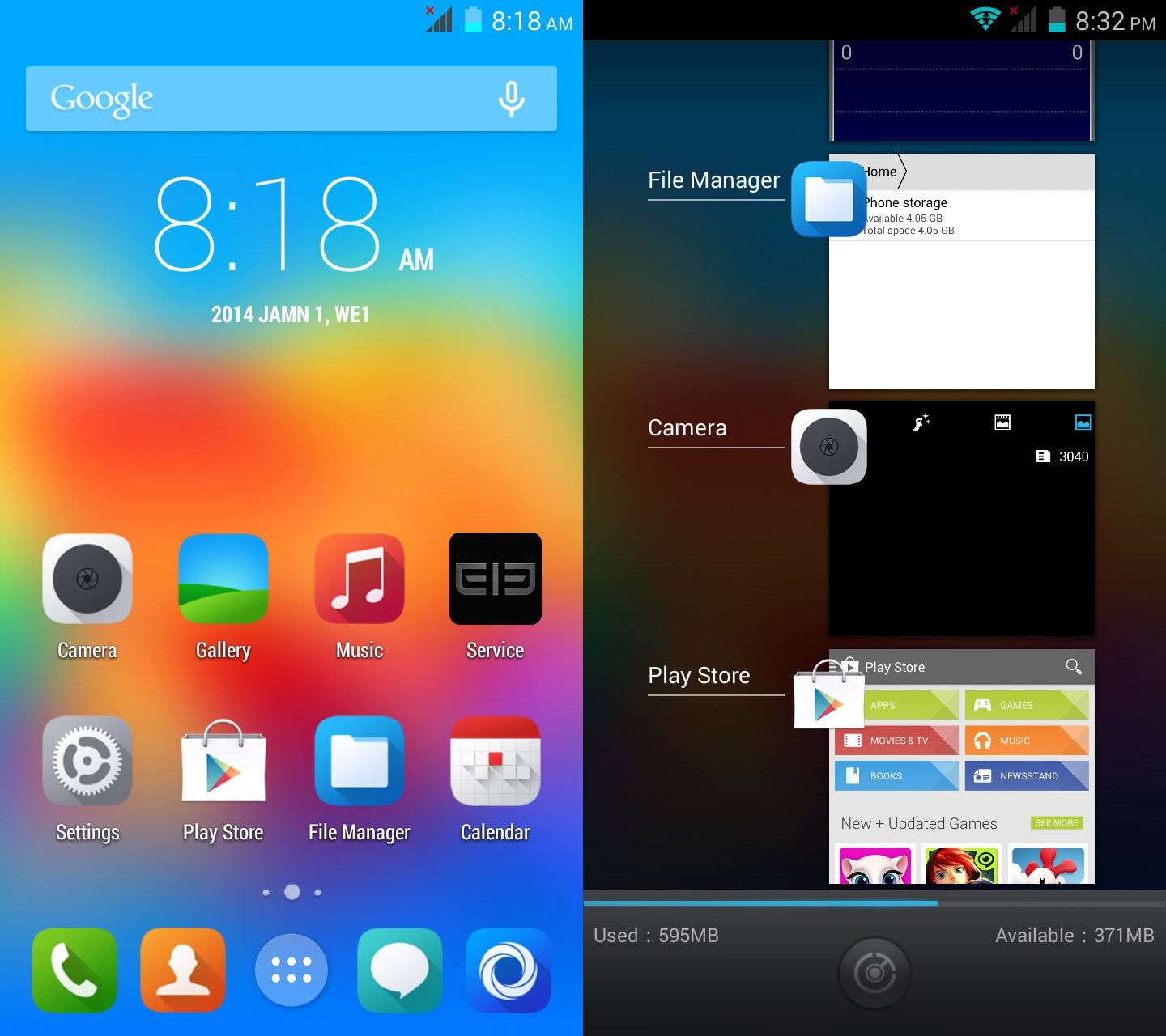
Price and Wrap up
To sum up, the P3000 is a 4G LTE enabled smartphone, with a 720p HD display and a quad-core CPU. The performance is good for this price point, and the camera is better than average for a budget device. However, don’t expect too much from the fingerprint reader. You can pick up an Elephone P3000 for around $150, which when you consider the overall specification of the device, is a great price.